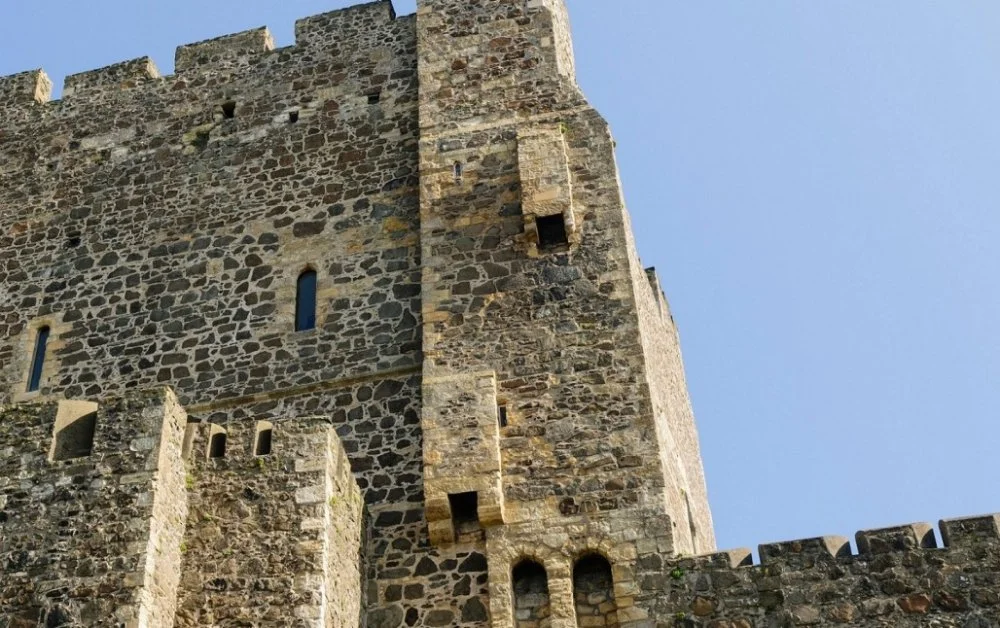
Pieter Bruegel the Elder. Netherlandish Proverbs. 1559 / Google_Art_Project_
In most European countries, using human waste as fertilizer was not a common occurrence—unlike in China, where it was considered a sign of good manners for those invited to a meal at a farmhouse to visit the lavatory in the host’s vegetable garden, while in towns and cities, nightmen collected this valuable substance and took it where it was required in their carts. This is why the aim in medieval European cities was to destroy the waste as quickly and effectively as possible. A river, stream, or a ditch with flowing water—anything that would quickly carry it far away—was considered the best way of naturally disposing of the waste. And this is how Dansker toilets first made an appearance, positioned in the bay windows of houses built over water.
In towns and cities these were simple overhanging cabins. In castles, high towers were occasionally constructed separately from the main group of buildings, extending to the riverbanks and linked to the fortress walls through a covered passageway. Such towers would usually house several Danskers positioned at different heights and levels but not directly above one another. Indeed, in some castles, centuries-old streaks of waste can be seen on the tower walls even to this day.

Dansker at Carrickfergus Castle / Alamy